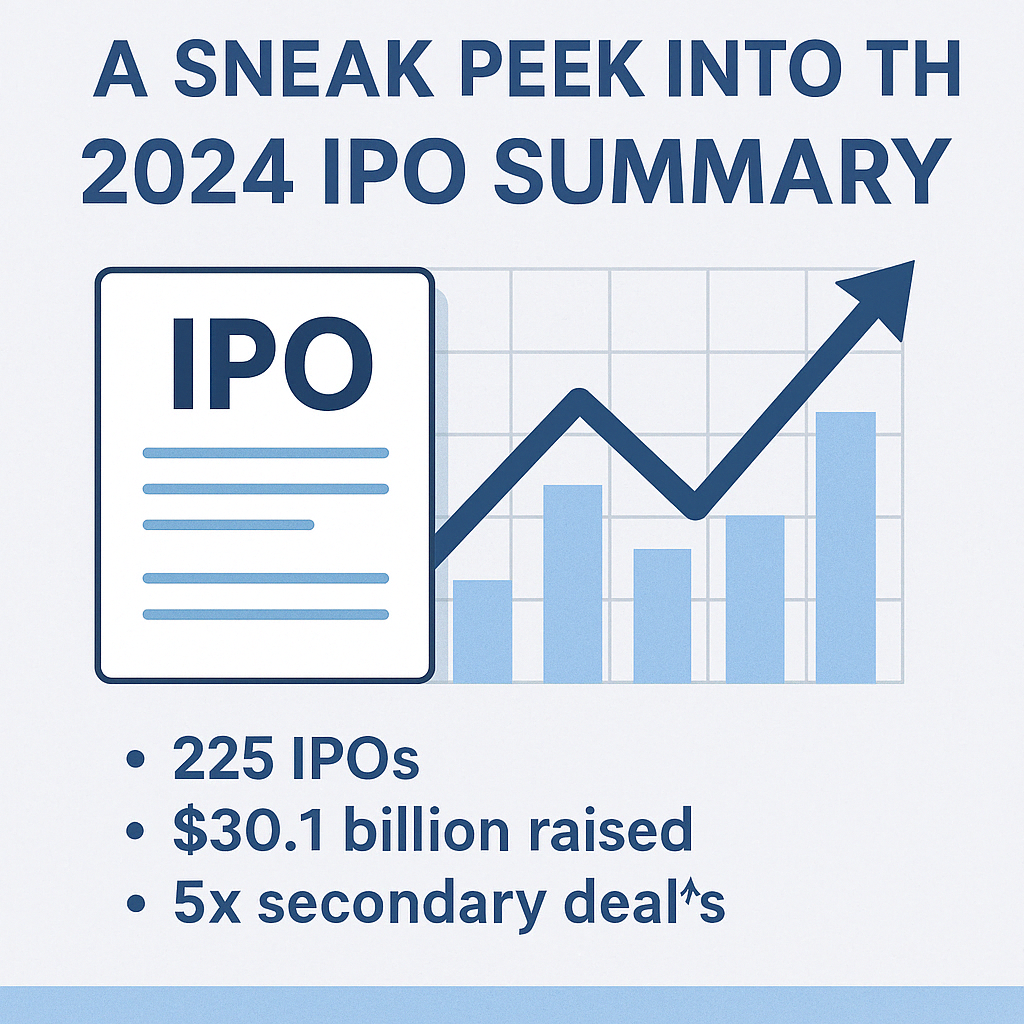On July 9, 2009, the International Accounting Standards Board (IASB) issued International Financial Reporting Standards (IFRS) for Small and Medium-Sized Entities (SME). The stated goal of the standard is to provide a simplified, self-contained set of accounting principles derived from the full IFRS to be used by smaller, non-listed companies.
The perceived need for a stand-alone set of simplified standards has become increasingly manifest in recent years. In the U.S., FASB is also weighing development of such a streamlined group of financial reporting requirements. The advent of this standard follows by about a decade a similar undertaking in the United Kingdom, where Financial Reporting Standards for Smaller Entities (FRSSE) have been successfully implemented.
The support for the IASB’s project from national accounting standard setters throughout the world stems mostly from the widely perceived complexity of the full IFRS, and from the different statutory requirements for financial reporting in many countries, compared to the United States. The complexity of the full IFRS (or, for that matter, full U.S. GAAP) arguably imposes a high cost on implementing and applying these standards. In addition, in most countries - in contrast with the United States – SMEs are legally required to file statutory financial statements prepared in accordance with national GAAP (or IFRS), and to make them available to all users. For example, in the European Union about 7,000 listed companies were implementing IFRS in 2005, but more than 5 million SMEs have to prepare their financial statements in accordance with national GAAP (resulting in lack of comparability). Additionally, many believe that the IFRS for SMEs would allow companies as well as countries an easier transition to the full IFRS.
Opponents of a separate set of standards for SMEs believe that all entities should follow the same basic accounting principles for the preparation of general purpose financial statements, whether IFRS or U.S. GAAP. Some have noted that complexity in accounting is merely a symptom – the inevitable result of the ever-increasing complexity of transactional structures, such as the widespread use of “engineered” financial products. Based on observations of the difficulties faced by companies implementing and applying the full IFRS, others have concluded that the problem is not that SMEs need simpler accounting, but that all entities need reporting requirements that are less complex and more principles-based.
Because the IASB lacks the power to require any company to use its standards, the adoption of the IFRS for SMEs is a matter for each country to decide. The issue must be resolved by a country’s government legislators and regulators, an independent standards setter, or a professional accountancy body. Each country will have to set criteria to determine eligibility as a “small or medium-sized” entity.
Definition of SMEs.
IFRS for SMEs is intended for entities that do not have public accountability. An entity has public accountability – and therefore should use the full IFRS – if it meets either of the following conditions: 1) it has issued debt or equity securities in a public market; or 2) it holds assets in a fiduciary capacity, as its primary purpose of business, for a broad group of outsiders. The latter category of entity would include banks, insurance companies, securities broker/dealers, pension funds, mutual funds, and investment banks. The standard does not impose a size test in defining SMEs, notwithstanding the nomenclature used.
Modifications of Full IFRS Reflected in the ED
Compared to the full IFRS, the length of the standards has been reduced by more than 90%. This was achieved by eliminating topics deemed to not be generally relevant to SMEs, by eliminating certain choices of accounting treatments, and by simplifying methods for recognition and measurement. These three sets of modifications to the content of the full IFRS, discussed below, respond to both the needs of users of SMEs’ financial statements and to cost-benefit concerns. According to the IASB, the set of standards in the FIRS for SMEs is suitable for a typical enterprise having 50 employees, but is also valid for so-called micro-entities having only a single employee or a few employees.
Omitted topics. Certain topics covered in the full IFRS were viewed as not relevant to typical SMEs (e.g., pertaining to transactions thought unlikely to occur in an SME context), and have accordingly been omitted from the standard. Previously - when the exposure draft for IFRS for SMEs was released – there were cross-references to the full IFRS that would not preclude SMEs from applying any of the financial reporting standards and methods currently found in IFRS, essentially making the IFRS for SMEs standard optional. Upon issuance of the final IFRS for SMEs standard, all of these cross-references were removed, with the exception of a reference to IAS 39, Financial Instruments: Recognition and Measurement, thus making IFRS for SMEs a fully stand-alone document, not to be used in conjunction with the full IFRS.
Topics addressed in the full IFRS that are omitted from the IFRS for SME standard are as follows:
- Earnings per share;
- Interim reporting;
- Segment reporting;
- Special accounting for assets held for sale.
Only the simpler option included. Where full IFRS provide an accounting policy choice, generally only the simpler option is included in IFRS for SMEs. SMEs will no longer be permitted to use the other option(s) provided by the full IFRS as described in the exposure draft, as all cross-references to the full IFRS have been removed.
The simpler options selected for inclusion in IFRS for SMEs are as follow:
- For investment property, measurement is driven by circumstances rather than a choice between the cost and fair value models. If the fair value of investment property can be measured reliably without undue cost or effort, the fair value model must be used. Otherwise, the cost method is allowed.
- Use of the cost-amortization-impairment model for property, plant and equipment and intangibles (the revaluation model in IAS 16, Property, Plant and Equipment and IAS 38, Intangible Assets is not allowed).
- Expensing of borrowing costs (the capitalization model is not deemed appropriate).
- Utilization of the direct or indirect method for reporting operating cash flows.
Recognition and measurement simplifications. The IASB has made significant simplifications to the recognition and measurement principles included in full IFRS. Examples of the simplifications to the recognition and measurement principles found in IFRS are as follows:
- Financial instruments:
- Classification of financial instruments. Only two categories of financial assets are provided, rather than the four found in full IFRS. Since available-for-sale and held-to-maturity classifications under IAS 39 would not be available, there would be no need to deal with all of the ‘intent-driven’ held-to-maturity rules, or related ‘tainting’ concerns, with no need for an available-for-sale option, among other simplifications.
- Derecognition. In general, the principle to be applied is that, if the transferor has any significant continuing involvement, derecognition would not be permitted. The IASB believes that the complex ‘passthrough testing’ and ‘control retention testing’ of IAS 39, Financial Instruments: Recognition and Measurement, relate to transactions in which SMEs are typically not engaged and thus can be omitted.
- Simplified hedge accounting. Much more simplified hedge accounting and less strict requirements for periodic recognition and measurement of hedge effectiveness are specified than those set forth by IAS 39.
- Embedded Derivatives. No separate accounting for embedded derivatives is required.
- Goodwill impairment: An indicator approach has been adopted to supersede the mandatory annual impairment calculations in IFRS 3, Business Combinations. Additionally, goodwill and other indefinite-lived assets are considered to have finite lives, thus reducing the difficulty of assessing impairment.
- All research and development costs are expensed as incurred (IAS 38 requires capitalization after commercial viability has been assessed).
- The cost method or fair value through profit or loss of accounting for associates and joint ventures may be used (rather than the equity method or proportionate consolidation).
- Simplified accounting for deferred taxes: The ‘temporary difference approach’ for recognition of deferred taxes under IAS 12, Income Taxes, is allowed with a minor modification. Current and deferred taxes are required to be measured initially at the rate applicable to undistributed profits, with adjustment in subsequent periods if the profits are distributed.
- Less use of fair value for agriculture (required only if fair value is readily determinable without undue cost or effort).
- Defined benefit plans. Two of the four options available under IAS 19, Employee Benefits, are allowed, i.e., recognize actuarial gains and losses in full in profit and loss when they occur, or recognize these in full directly in other comprehensive income when they occur (the complex ‘corridor approach’ has been deleted).
- Share-based payment: Equity-settled share-based payments should always be recognized as an expense and the expense should be measured on the basis of observable market prices, if available. When there is a choice of settlement, the entity should account for the transaction as a cash-settled transaction except under certain circumstances.
- Finance leases: Simplified measurement of lessee’s rights and obligations.
- First-time adoption. Less prior period data would have to be restated than under IFRS 1, First-time Adoption of International Financial Reporting Standards. An impracticability exemption has also been included.
Because the default measurement of financial instruments would be fair value through profit and loss under the IFRS for SMEs, some SME may actually be required to apply more fair value measurements than do entities reporting under full IFRS.
Maintenance of the IFRS for SMEs
SMEs have expressed concerns not only over the complexity of IFRS, but also about the frequency of changes to standards. To respond to these issues, IASB intends to update the IFRS for SMEs approximately once every two years via an ‘omnibus’ standard. Users are thus being assured of having a moderately stable platform of requirements.
Implications of the IFRS for SMEs
The IFRS for SMEs is a significant development that may have real impact on the future accounting and auditing standards issued by organizations participating in the standard-setting process.
On March 6, 2007, the FASB and the AICPA announced that the newly established the Private Company Financial Reporting Committee (PCFRC) will address the financial reporting needs of private companies and of the users of their financial statements. The primary objective of PCFRC will be to help the FASB determine whether and where there should be specific differences in prospective and existing accounting standards for private companies.
In many Continental European countries a close link exists between the statutory financial statements and the results reported for income tax purposes. The successful implementation of SME Standards will require breaking the traditional bond between the financial statements and the income tax return, and may well trigger a need to amend company laws.
Since it is imperative that international convergence of accounting standards be accompanied by convergence of audit standards, differential accounting for SMEs will affect regulators such as the Public Company Accounting Oversight Board (PCAOB) and the SEC. IFRS for SMEs may be a welcome relief for auditors as it will decrease the inherent risk that results from the numerous choices and judgment required by management when utilizing the full version of IFRS. The success of the IFRS for SMEs will depend on the extent to which users, preparers and their auditors believe the standards meet their needs.
Related Posts
Singapore – Happy 60th Birthday!
Proud to be part of Singapore’s journey of excellence. Paul Wan & Co wishes everyone…
🎅🎄 Merry Christmas! 🎄🎅
Wishing you all the joy, peace, and love this festive season brings. ✨ #Christmas #paulwanco…
✨ Happy Deepavali! ✨
Wishing you and your loved ones a joyous and prosperous festival of lights! May this…
Paul Wan & Co Group Bonding Event Da Nang 2024
Paul Wan & Co group celebrated our 38th anniversary with a big bang retreat in…











